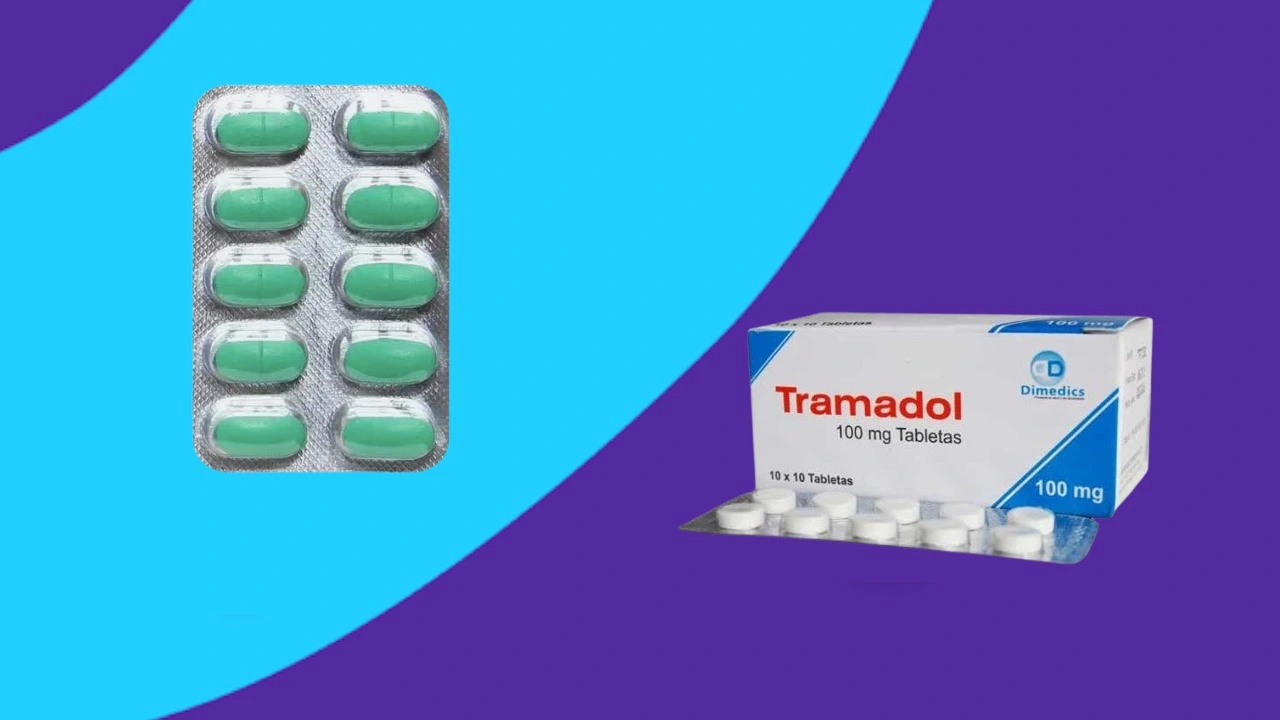Ultram (tramadol) and Tramadol (the generic form) have gained widespread recognition for their analgesic properties. While these two names may appear interchangeable, it’s essential to understand the nuances that differentiate them. In this article, we will delve into the intricacies of Ultram vs Tramadol, shedding light on their mechanisms of action, efficacy, side effects, and important considerations for safe and effective use.
What is Ultram (Tramadol)?
Ultram is the brand name for tramadol, a synthetic opioid analgesic that acts on the central nervous system. It works by binding to specific receptors in the brain and spinal cord, altering the perception of pain signals. Additionally, tramadol inhibits the reuptake of neurotransmitters like serotonin and norepinephrine, contributing to its analgesic effects.
What is Tramadol (Generic) ?
Tramadol, the generic form of Ultram, is chemically and therapeutically equivalent to the brand-name product. It is a controlled substance classified as a Schedule IV drug by the U.S. Drug Enforcement Administration (DEA), indicating a lower potential for abuse and addiction compared to Schedule III controlled substances.
Mechanisms of Action and Efficacy:
Both Ultram and Tramadol share the same active ingredient, tramadol hydrochloride, and work through the same mechanisms of action. They are effective in providing pain relief for moderate to severe pain conditions, such as chronic pain, post-operative pain, and pain associated with injuries or illnesses.
Dosage and Formulations:
Ultram and Tramadol are available in various formulations, including immediate-release and extended-release tablets. The typical starting dose for immediate-release formulations is 25 mg taken every 4 to 6 hours, with a maximum daily dose of 400 mg per day. Both Medicine Have 25mg 50mg 100 mg 150 mg 200mg 250 mg and 400mg available. Extended-release formulations are designed for once-daily dosing and are typically prescribed for long-term period of time pain management.
Side Effects and Risks:
Both Ultram and Tramadol have the potential to cause side effects, some of which may be serious. Common side effects include nausea, dizziness, constipation, and drowsiness. Additionally, these medications can increase the risk of opioid overdose, especially when taken in high doses or in combination with other central nervous system depressants.
Withdrawal Symptoms and Dependence:
Abrupt discontinuation of Ultram or Tramadol after long-term or high-dose use can lead to withdrawal symptoms, such as anxiety, sweating, insomnia, and gastrointestinal disturbances. It is essential to follow your healthcare provider’s instructions for gradually tapering off the medication to minimize the risk of withdrawal symptoms.
Drug Interactions and Precautions:
Ultram and Tramadol can interact with various other medications, including certain antidepressants, anticonvulsants, and opioid pain relievers. It is crucial to inform your healthcare provider about all medications, supplements, and herbal products you are taking to avoid potentially dangerous drug interactions.
Additionally, these medications should be used with caution in patients with a history of substance abuse, liver or kidney disease, or those taking medications that can increase the risk of serotonin syndrome.
Patient Considerations:
When prescribing Ultram or Tramadol, healthcare providers must carefully consider individual patient factors, such as age, comorbidities, and concomitant medications. Patients with a history of substance abuse, respiratory disorders, or certain medical conditions may require additional monitoring and precautions.
Proper patient education on the appropriate use, storage, and disposal of these medications is crucial to ensure safe and effective treatment. Patients should be informed about the risks of misuse, abuse, and dependence, as well as the importance of following the prescribed dosage and instructions.
Ultram vs Tramadol Comparison
| Characteristic | Ultram (Brand Name) | Tramadol (Generic) |
| Active Ingredient | Tramadol hydrochloride | Tramadol hydrochloride |
| Drug Class | Synthetic opioid analgesic | Synthetic opioid analgesic |
| Mechanism of Action | Binds to opioid receptors, inhibits neurotransmitter reuptake | Binds to opioid receptors, inhibits neurotransmitter reuptake |
| Indications | Moderate to severe pain | Moderate to severe pain |
| Formulations | Immediate-release, extended-release | Immediate-release, extended-release |
| Typical Dosage | 25 mg every 4-6 hours (max 400 mg/day) | 25 mg every 4-6 hours (max 400 mg/day) |
| Side Effects | Nausea, dizziness, constipation, drowsiness | Nausea, dizziness, constipation, drowsiness |
| Controlled Substance | Schedule IV | Schedule IV |
| Where To Order? | Buy Ultram Online | Buying Tramadol Online |
above given table provides a concise comparison of Ultram vs Tramadol (generic), highlighting their active ingredient, drug class, mechanisms of action, indications, formulations, typical dosages, side effects, and controlled substance schedules.
Conclusion:
Ultram and Tramadol, while sharing the same active ingredient and therapeutic effects, are two distinct forms of the same medication. While the brand-name Ultram and the generic Tramadol are chemically and therapeutically equivalent, it’s essential to understand their similarities, differences, and potential risks. Healthcare providers must carefully evaluate each patient’s unique circumstances, weighing the potential benefits and risks of these medications. By understanding the nuances of Ultram vs Tramadol, healthcare professionals can make informed decisions and provide personalized pain management strategies, prioritizing patient safety and responsible use of controlled substances.

